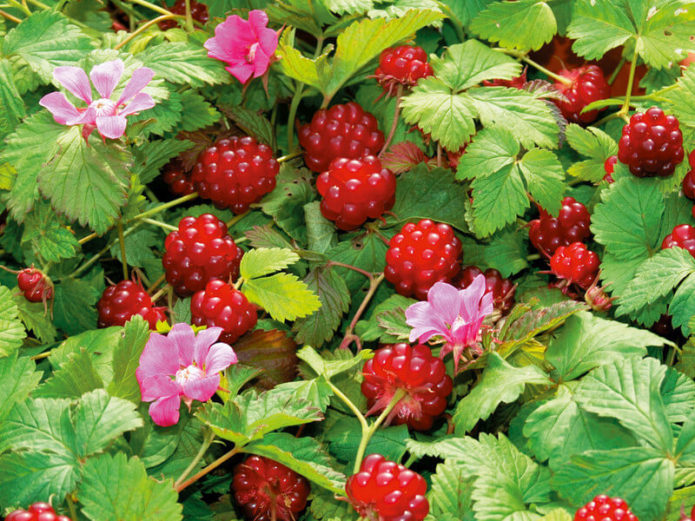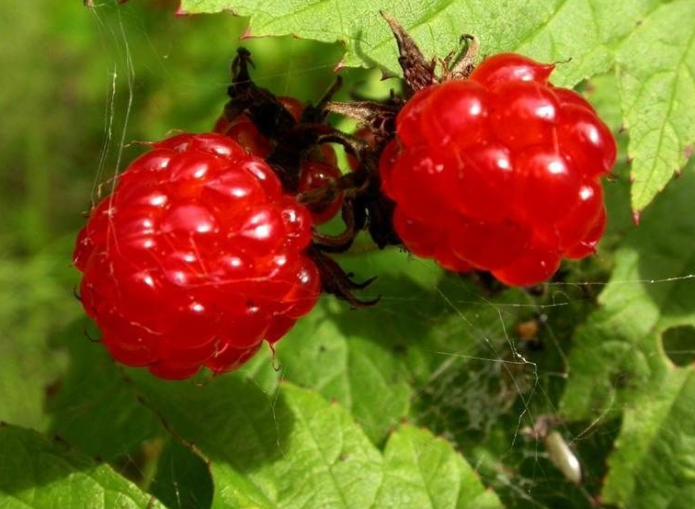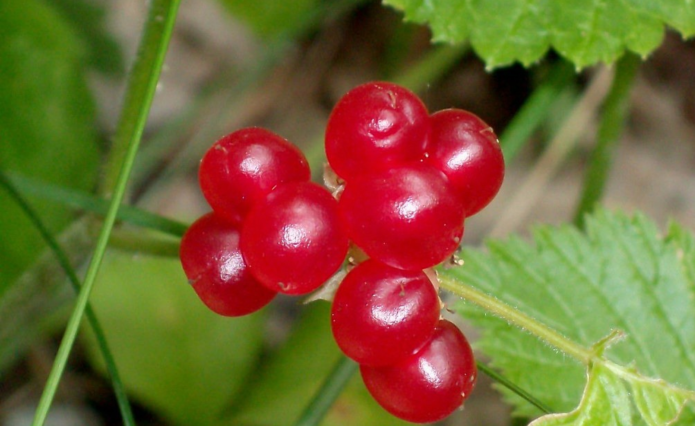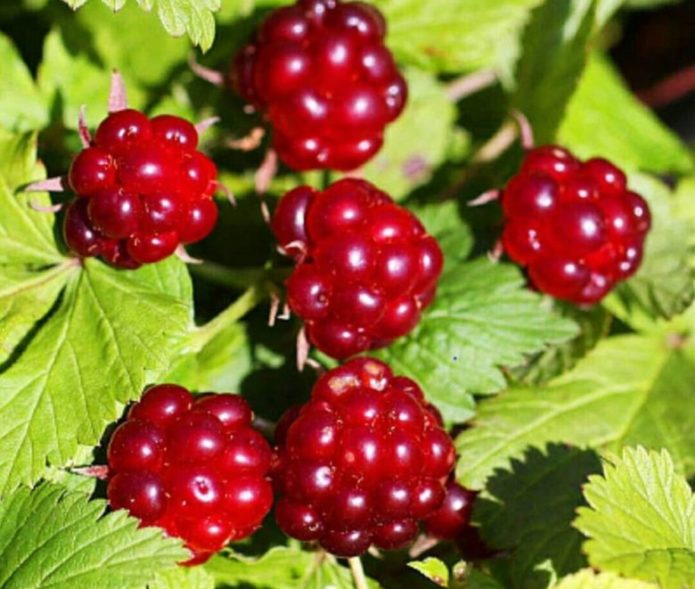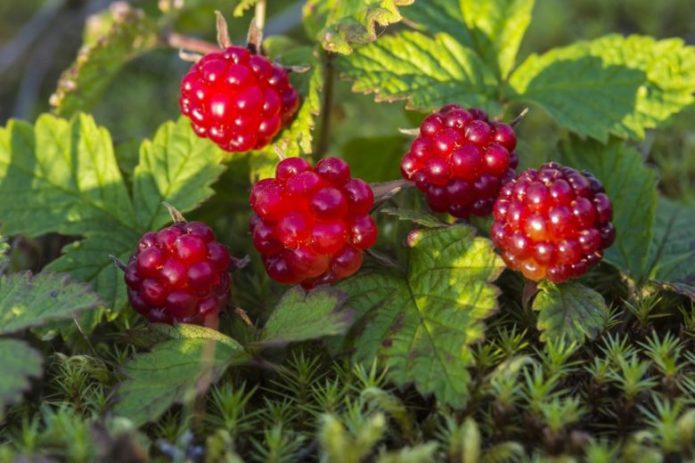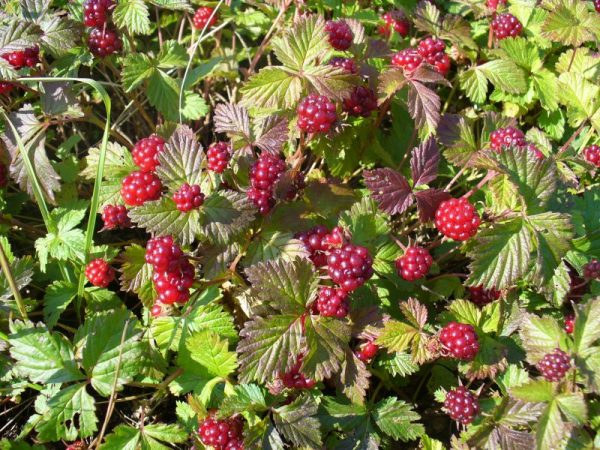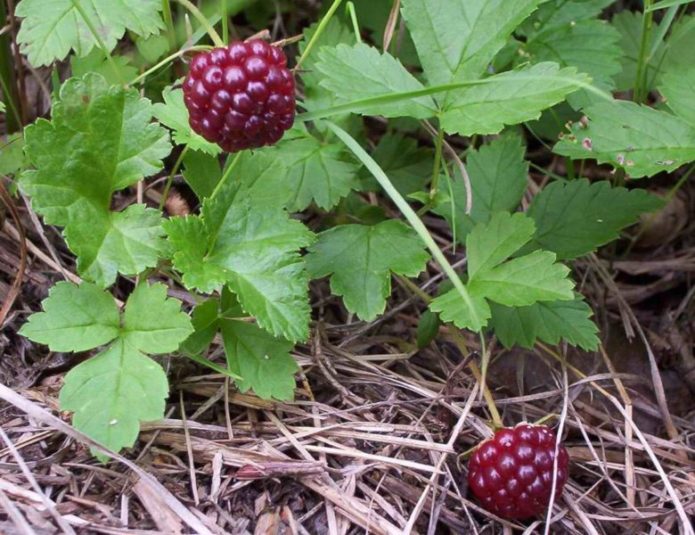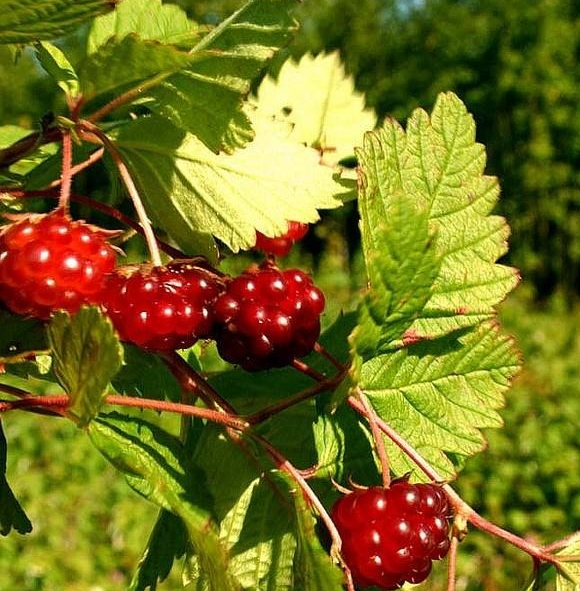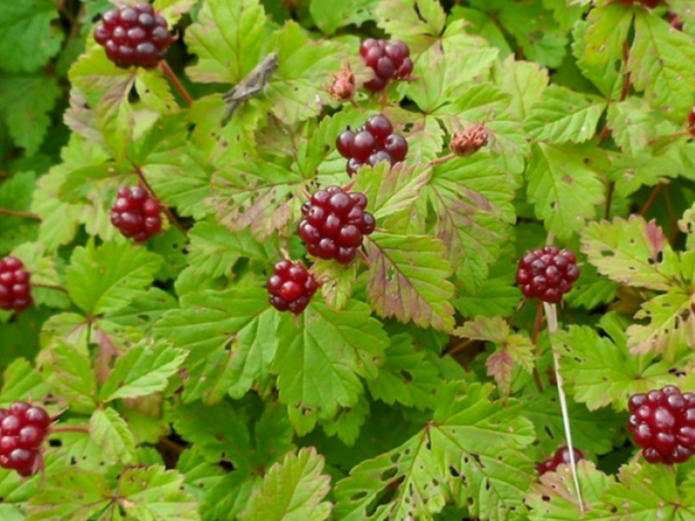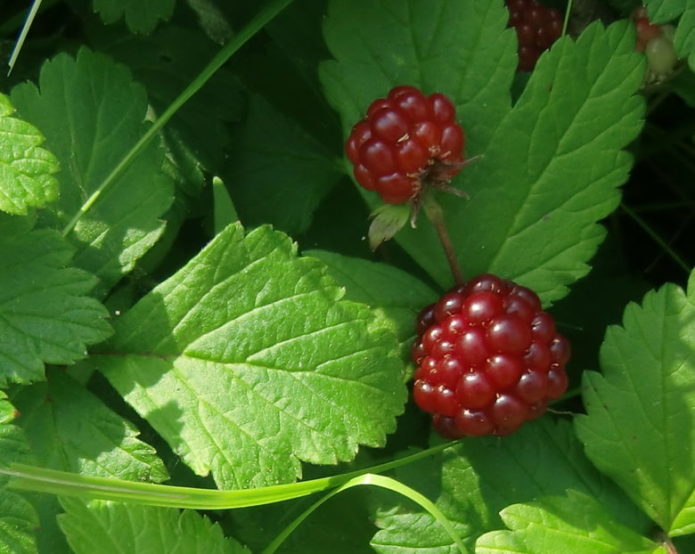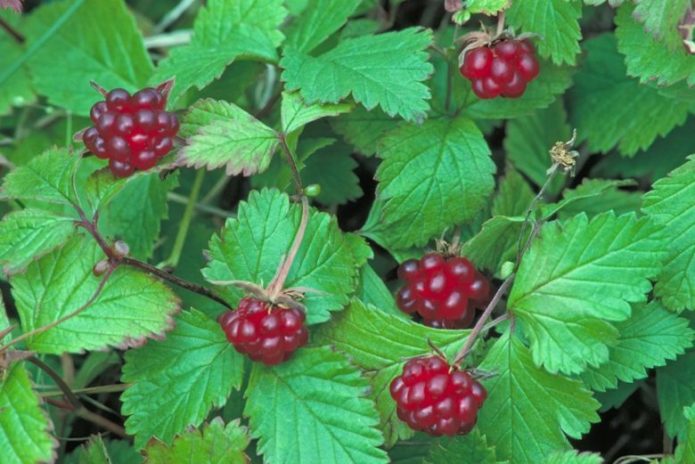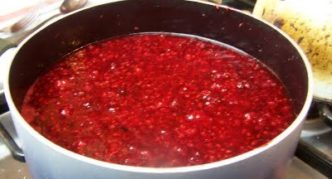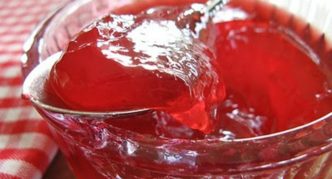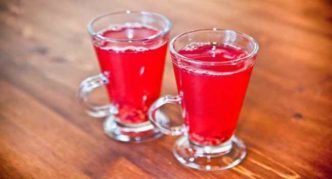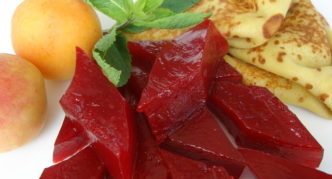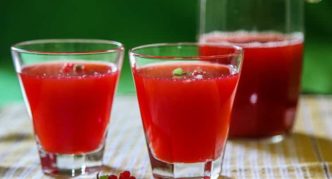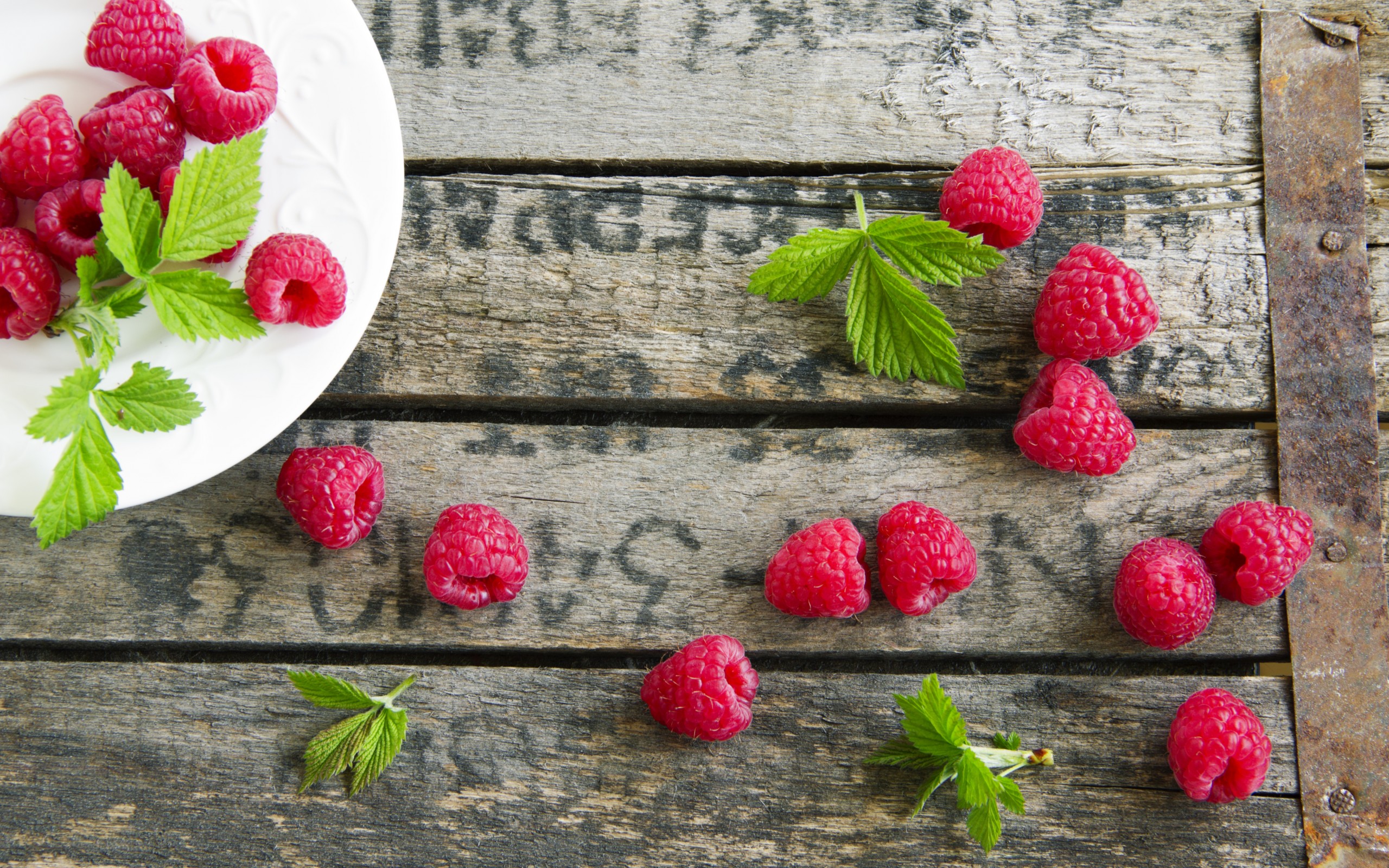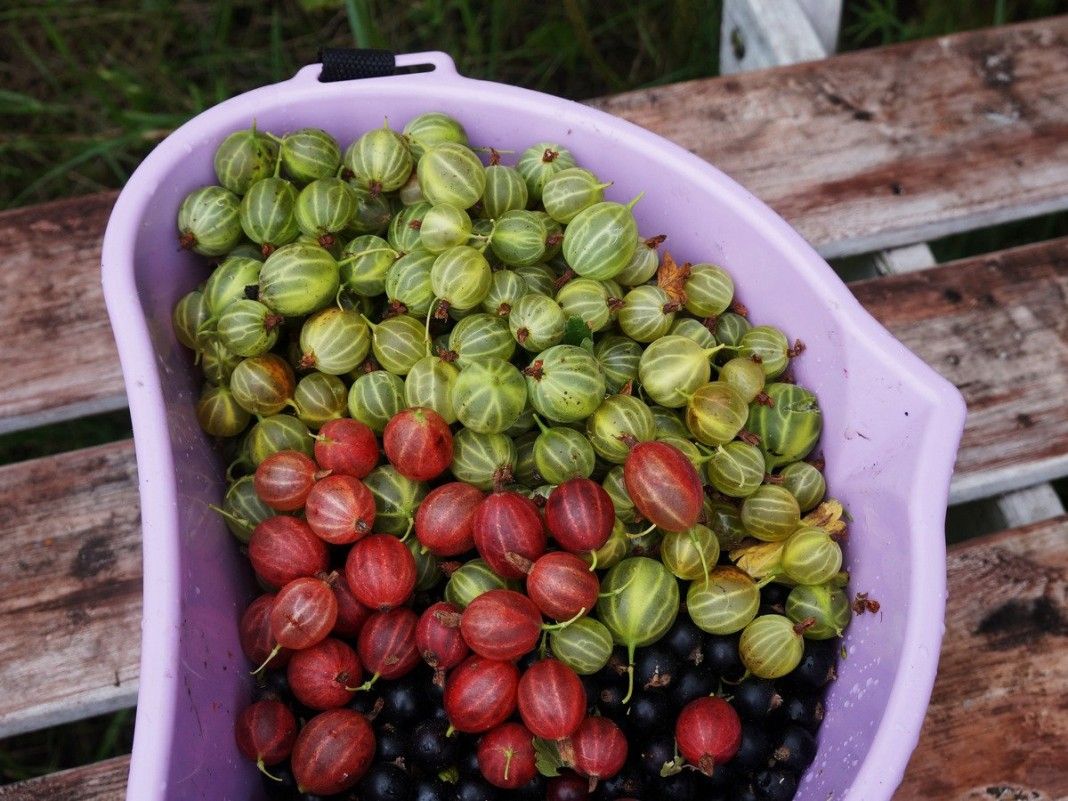The princess is a perennial plant belonging to the genus Rubus from the Pink family. It bears fruit with berries that look like raspberries, but differ in taste. And since the prince is found mainly in the northern regions, it is also called the Arctic raspberry. Among the people, she has many other names: mamura, raspberry, khokhlushka, noon. This is a rare but very healthy berry. Thanks to the breeders, varieties have been bred that are available for cultivation in areas with a warmer climate. Despite this, such a berry is not particularly common among gardeners.
Content
What is the princess: photo of berries and their description
Every autumn, the princess's ground part dies off, and in the spring fresh shoots form from last year's buds. The plant has a branched root system that lies close to the surface and gives abundant growth. But unlike raspberries, the prince does not let his mustache. She has carved triple leaves of emerald color. True, in the fall they turn crimson. The standard height of the bushes is 35–40 cm.
The princess blooms for more than a month (from the end of May) with spectacular lilac-pink inflorescences. In this case, the simultaneous formation of fruits occurs. When ripe, they are bright red and glossy. The taste of the berries is quite peculiar - sweet and sour with pineapple and strawberry aromas. Harvested usually from August to September, as the ripening is not close.
It is quite possible to raise a princess in the country if you create conditions for her that are as close as possible to natural. Since the plant needs cross-pollination, it is recommended to plant at least two varieties nearby.
The wild princess can be found in the regions of the Northern Hemisphere, in Russia in the Urals and the Far East, as well as in Mongolia, Japan and America. It grows in swamps, along lake shores, in tundra and forests. The plant prefers light shading, coolness, and a sufficiently moist soil.
Often the prince is confused with another cold-loving berry - bone. It will be useful for gardeners to be able to distinguish between them.
Table: what are the differences between bones and princes
| Berry | Fruit | Flowers | Height | Taste |
| Princess | The berries are similar to raspberries. They hang on the stalks and are difficult to separate. | Pink-lilac shade, solitary, formed at the tops of the shoots | Up to 50 cm | Sweet and sour with a touch of raspberries, pineapple, peach |
| Drupe | The fruits are directed upwards and consist of many balls that are easy to remove | Shield-shaped and compact, white | 150–300 | Sour |
Thanks to the unusual taste, desserts and various preparations from the princess are more aromatic than from the bone.
The area of distribution of bone marrow is the Far East, the Urals and Siberia. It grows mainly in forests with a predominance of coniferous or deciduous vegetation, in clearings and wastelands.It looks like a bunch of individual berries, some equate the fruits in appearance with viburnum.
Useful properties of the princess
The use of the princess in folk medicine is due to its rich biochemical composition. Moreover, for medicinal purposes, all the components of the plant are used. The berry contains a lot of vitamin C. Therefore, it is recommended to use it as a preventive cold remedy. And also the princess is shown to people suffering from rheumatism and various liver diseases. A decoction of fresh or dried fruits is used to rinse the mouth and throat for the following problems:
- inflammatory processes;
- cough;
- bronchial asthma;
- cataract of the respiratory tract.
Berry infusion has antipyretic, tonic and immunostimulating properties... Compresses can be made from fresh leaves, which contribute to the rapid healing of any skin lesions.
There are no obvious contraindications to the use of the princess. The only thing is that it is not recommended to eat it if there is an individual intolerance to individual components in the composition.
Video: what is the use of the princess
What are the varieties: the more popular in the photo
The principality hybrids bred by breeding with improved characteristics now make it possible to grow such a crop not only in the North. In total, there are 100 clans of the princess and about 3 thousand species.
The most popular varieties:
- Aster - in this representative, the height of the bushes is about 25 cm. In July, berries of a cherry or rich scarlet color ripen, weighing up to 2 g. Outwardly, the fruits resemble a blackberry.
- Aura is a hybrid of drupes and princesses with shoots up to 1 m high. An unpretentious plant that successfully takes root after transplantation. Berries of bright red color weighing 2-3 g. They are poured separately, from September to October.
- Anna is a specimen with low compact bushes up to 15 cm tall. It has wrinkled leaves with two stipules. Flowering occurs in June, fruiting in September. The fruits are similar in appearance and taste to raspberries.
- Sofia is a princess with small bushes, no more than 15 cm in height. The berry is the same size as wild strawberry. This crop grows best in well-lit areas. It blooms from June to the end of July with one and a half centimeter pink buds. In August, harvest large rounded red berries.
- Beata is an early ripe hybrid up to 30 cm high. It has large fruits weighing about 2–2.5 g. At the end of May, it blooms in the form of beautiful purple buds. The berries of this variety are sweet and suitable for any harvest.
- Mespi is a variety with erect shoots up to 20 cm high and large fruits that ripen earlier than other varieties. Their color varies depending on the place of growth of the plant: under the sun - bright crimson, in the shade - yellow with a scarlet blush.
- Linda is an early maturing undersized hybrid. It has trifoliate leaves attached to the shoots with long pubescent petioles. Flowers with pink petals bloom at the tops of the stems in late June. Ripening of berries falls at the end of July. They have a distinct pineapple flavor.
- Susanna is a high-yielding hybrid produced by Finnish breeders. Fruits in July-August with large sweet berries. The plant is unpretentious, so it is available for cultivation in any conditions.
- OLPEE is a new winter-hardy high-yielding hybrid with increased resistance to peronospora.It is a shrub no more than 35 cm high with a long creeping rhizome. It blooms in June, and in August you can pick large reddish-gray berries.
- Nectar is a cross between raspberries "Hayes" and princesses, obtained by the Finns. The plant is rather tall - up to 1.5 m high. Fruits are poured separately, with an interval of 2 weeks.
What is prepared from the princess
Berries and young princess leaves are used in cooking... Fresh fruits are consumed with milk or cream. And also they prepare from the fruits:
- jam;
- jams;
- marmalade;
- jelly;
- juices and fruit drinks;
- baked goods (as filling).
Various drinks are seasoned with leaves: compotes, tinctures, liqueurs, liqueurs, jelly. Aromatic tea is brewed from the foliage (fresh and dried is suitable).
The berry, ground with sugar, fully retains its useful composition.
For the winter, the princess is frozen. It is preliminarily washed and dried, after which it is laid out in portioned bags and folded into the freezer.
Photo: what dishes can be made from berries
- To obtain jam, berries, sugar and water are mixed in equal proportions, then laid out in jars and pasteurized
- Add fresh princess to the pie dough
- If gelatin is added to the syrup from the princess and boiled, then jelly comes out
- A fragrant compote is obtained from the princess
- If you grind the berries, add water and boil the mixture for a long time, you get a marmalade
- Squeeze the berries through cheesecloth, mix with sugar and bring to a boil - this is how the syrup is prepared
Reviews about berries
We collected and ate this delicious berry in our distant childhood, when I lived in Chukotka, in the coastal zone of the Anadyr estuary.
In Belarus, I decided to plant her. Perfectly took root. In the second year I have already tried a couple of berries. I planted it in a semi-shaded place. This year I have pleased with a good harvest.
The prince is a wonderful berry. She has an original taste and an amazing smell. The aroma of the princess surpasses the scent of "victoria" and even wild strawberries in the richness of its components.
The princess is also grown for decorating a garden plot, which is due to its beautiful flowering. It is recommended to plant the plant along paths and hedges.
